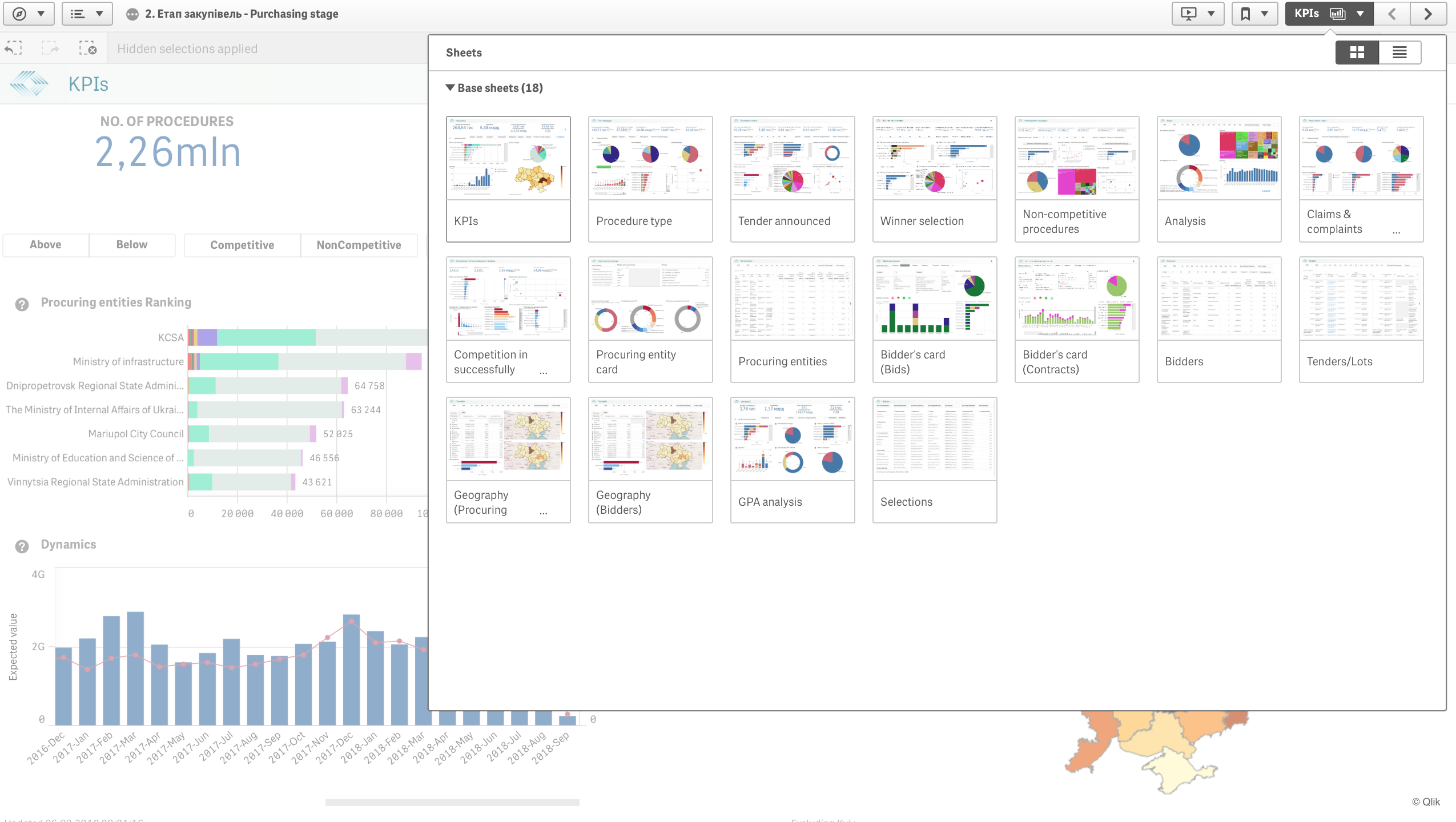What’s the deal with trade & public procurement?

We’re seeking feedback on the draft trade extensions to the Open Contracting Data Standard.
Trade agreements are huge news at the moment. They are all about opening up markets and reciprocation between partners. They are meant to spur economic growth by making it easier and fairer for people to buy and sell goods, works, and services across borders. In most countries, the biggest buyer of goods and services is usually the government itself. For that reason, trade agreements may include obligations by governments to open their public procurement opportunities to citizens of their trade partners.
Two of the largest sets of agreements pertain to the World Trade Organization and the European Union. The EU comprises 28 member countries (at the moment) and the WTO General Procurement Agreement (GPA) comprises 42 (the EU plus 14 others). In addition, there are about a dozen countries that have signed association agreements with the EU or who are in the process of joining the GPA.
Both the GPA and the EU directives contain binding obligations to publish information about the tender opportunities open to companies of their trading partners, indeed the European Commission directly regulates procurement above €144,000 as it is seen as central to ensuring the stability of the common market. The GPA also contains obligations to report statistics about the procurements taking place to ensure access to opportunity. These obligations are in addition to the transparency requirements of local laws (oftentimes based on the UNCITRAL Model Law on Public Procurement).
Members of these agreements have some challenges: how to fulfill the spirit of their obligations and realize the efficiencies and benefits of improved competition from procuring across borders? How to collect and publish this information? Potential bidders also have a challenge: how do we find the opportunities that are open to us as international bidders? And, very importantly in the current political climate: is everyone playing fair. Have international legal obligations been translated into fair practices on the ground?
We think that better, more consistent public open data on procurement can play an important part in answering these questions. What’s more is that it could significantly decrease compliance and reporting burden for EU and GPA member states too.
The EU has created a system for central reporting of the information required by the EU directives, and for its publication through a central portal, the Tenders Electronic Daily (TED). We have been working with the Commission to improve the format of the collected data as well as exploring options to set standards for the quality and completeness of published information through contract registers (reference new call for OCDS in registers). We have also been exploring with various GPA member countries and the GPA Secretariat on how members can share opportunities and statistics. Ukraine, a proud new GPA member, recently showed how their procurement system based on the OCDS can generate reports automatically.
Ukraine’s Business Intelligence platform
Together with the European Commission and with support from the EBRD, we have been working to understand the transparency and reporting requirements of the EU, the GPA, and the UNCITRAL Model Law in order to develop extensions to the Open Contracting Data Standard. We hope that these extensions will enable better reporting and analysis and help share opportunities frictionlessly across borders. Having standardized open information about public procurement will make it easier for suppliers to find opportunities in other countries, and it will make it easier for government policy analysts to compare public procurement markets across countries.
The idea is that if there is a country that wants to publish open data about the planning, procurement, and implementation of public contracts – and also wants to satisfy their transparency and reporting obligations under their laws, the EU Directives, and the GPA – they would benefit from using a consolidated specification to help them to organize and publish their data and documents.
We’ve analyzed over 300 XML data elements used across over a dozen EU forms to make sure both humans who input and analyze data, as well as machines, have the instructions they need to process this information. A big piece of work was simply to create a one-to-one mapping between the human- and machine-readable formats of these forms, as existing documentation by the European Commission was incomplete. Then there were multiple challenges on a policy level (how fields are defined) and at the technical level (how to represent the diversity of real-world notices and model possible choices).
Now, we want to invite the OCDS community to review the draft work so far and let us know where we’ve done a good job and where we could be more precise (further instructions at the following links).
- First public working draft of OCDS for the European Union
- First public working draft of OCDS for the Agreement on Government Procurement
If you are interested in implementing the OCDS and any extensions relevant for trade, please get in touch with us at data@open-contracting.org. Comments are very welcome!
